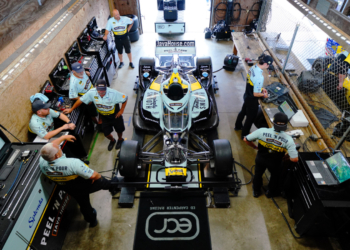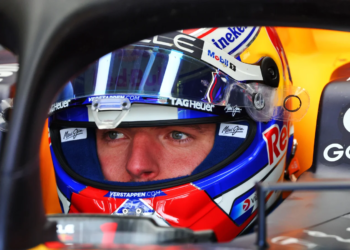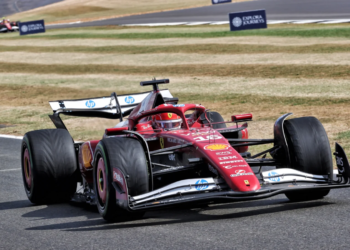Following a virtually non-existent effect on overtaking in Australia, the Drag Reduction System (DRS) zone in Malaysia is set to be extended from 600m to 700m.
The DRS system opens up a letterbox-shaped gap in the rear wing of the car reducing drag and allowing the car to slide through the air quicker. However, the system is only active is a designated zone, and if you are within one-second of the car in front when you enter the zone.
The 600m zone set for Australia didn’t really prove effective in achieving the FIA’s goal of “more overtaking,” and Race Director, Charlie Whiting, said immediately that the system needs to be looked at.
In Australia the DRS activation zone was before the final right-hander onto the pit-straight, meaning drivers had to wait until they were at full-throttle before they could safely activate the device. In Sepang, however, the drivers will already be at full-throttle as they enter the DRS activation zone – this may well show us the full effect of the system and will give the FIA a real indication of what regulations will need to be put in-place to govern the device.
Speaking about the DRS, Whiting said that the FIA may bring in more than one DRS zone per race, “It’s something we’re certainly going to consider.”
“It’s quite a complex matter to get a detection point, notification point and activation point for one straight. We want to make sure that all the things are working first, and if that looks promising then there’s no reason that we couldn’t use it in other places.
“We are also looking towards a more GPS-based system, which could give us far more proximity detection opportunities without having to go from one loop to another one to another one. We’re looking at other ways of doing it. But we really ought to see how it goes first – we don’t want to run before we can walk.”
It has always been said that the DRS system, this year, will be in a “BETA” stage and rules and regulations regarding the system will be chopped-and-changed as the season goes on until the FIA are happy with the effect that the device has.






